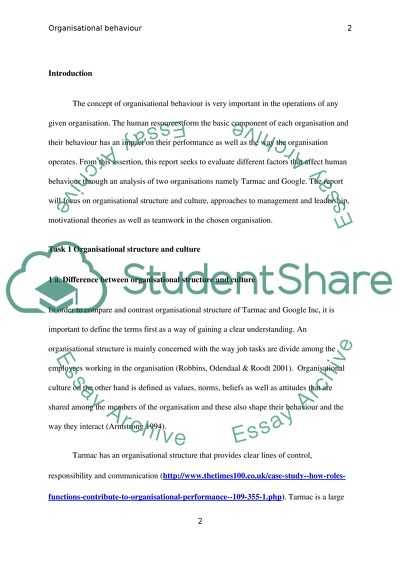Cite this document
(“Organisations & Behaviour (OB) Assignment Dissertation”, n.d.)
Retrieved from https://studentshare.org/family-consumer-science/1408180-organisations-behaviour-ob-assignment
Retrieved from https://studentshare.org/family-consumer-science/1408180-organisations-behaviour-ob-assignment
(Organisations & Behaviour (OB) Assignment Dissertation)
https://studentshare.org/family-consumer-science/1408180-organisations-behaviour-ob-assignment.
https://studentshare.org/family-consumer-science/1408180-organisations-behaviour-ob-assignment.
“Organisations & Behaviour (OB) Assignment Dissertation”, n.d. https://studentshare.org/family-consumer-science/1408180-organisations-behaviour-ob-assignment.


